September 5, 2025: A Forster’s Tern in Great Sippewissett Marsh in late August is migrating south, staging with Common and Roseate Terns before following coastal routes to wintering grounds along the Gulf Coast, Caribbean, and northern Central America.
This Forster’s Tern is most likely on southbound migration. This species breeds in inland and coastal marshes across the northern United States and southern Canada, including some parts of the Great Lakes and the mid-Atlantic. By late summer, adults and juveniles move out of breeding areas and stage along rich coastal estuaries, often mixing with large groups of Common and Roseate Terns that also gather in Buzzards Bay at this time of year.
Forster’s Terns migrate mainly along the Atlantic and Gulf coasts, traveling in small groups or loosely associated with mixed tern flocks. Their journey south is typically more leisurely than that of Common and Roseate Terns, with many birds lingering through September in New England marshes and bays. By October and November, most reach their wintering grounds, which stretch from the southern U.S. through Mexico, Central America, and the Caribbean, with the highest concentrations along the Gulf Coast and into northern South America.
Thus, the bird in Buzzards Bay is in a transitional phase, departing its northern breeding marshes, refueling in a rich coastal stopover, and preparing for a coastal-route migration that will eventually carry it to subtropical and tropical wintering areas.

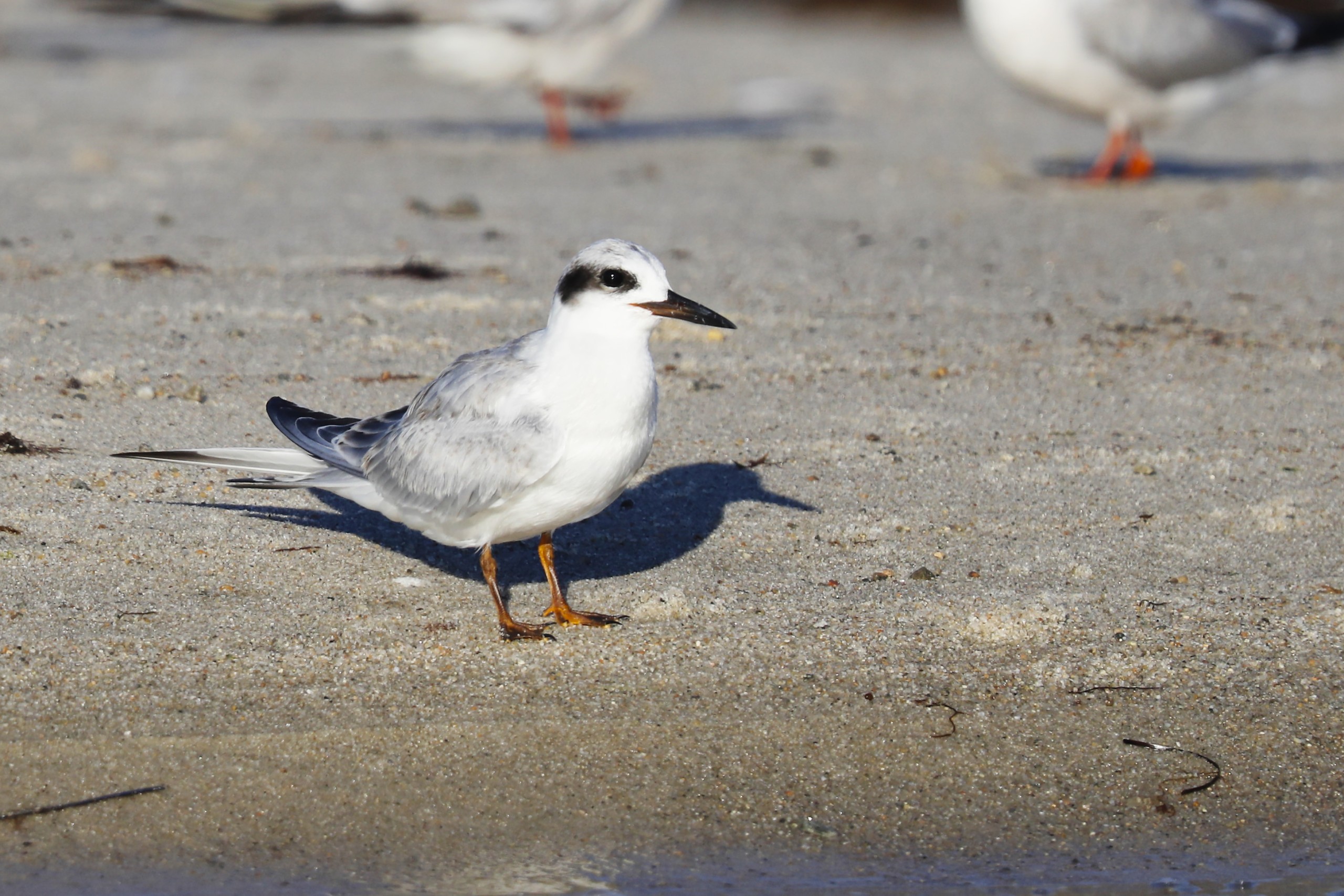
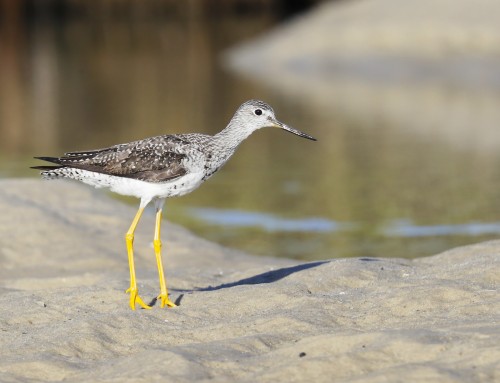
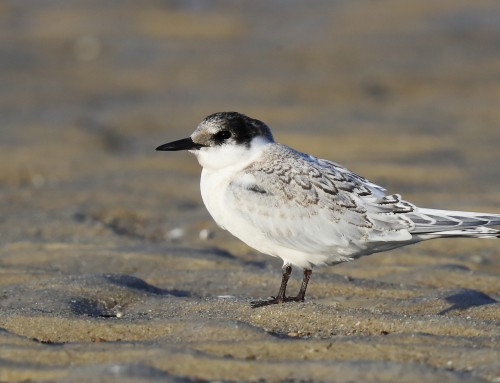
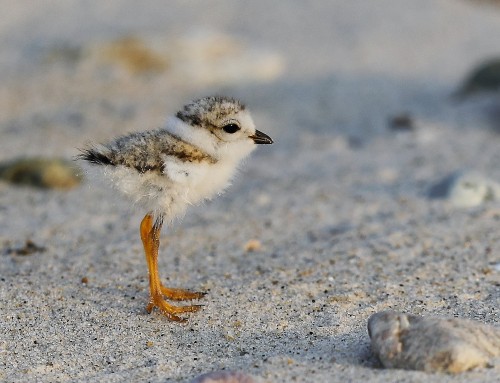
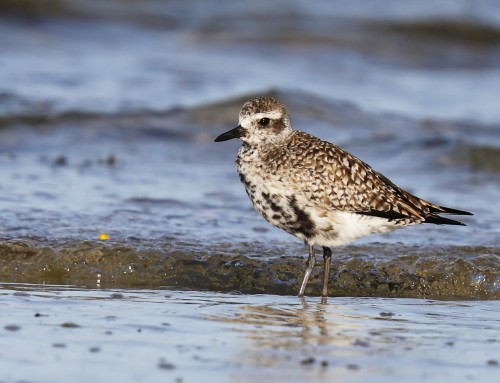
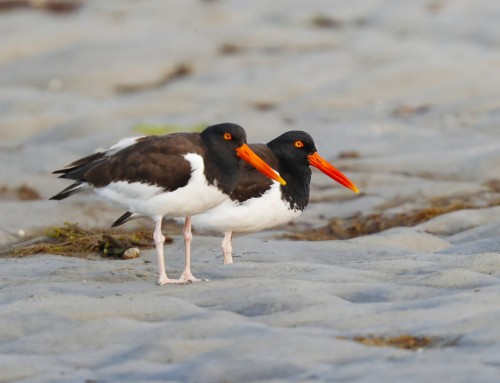
Leave A Comment
You must be logged in to post a comment.